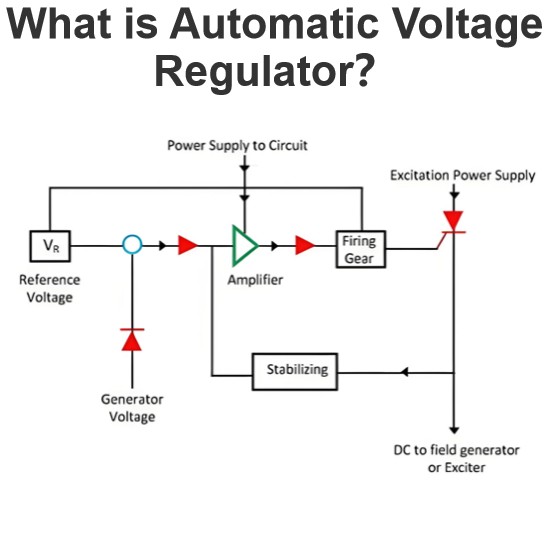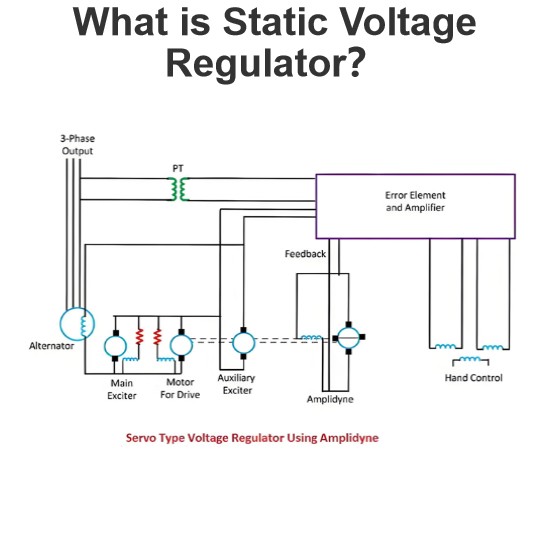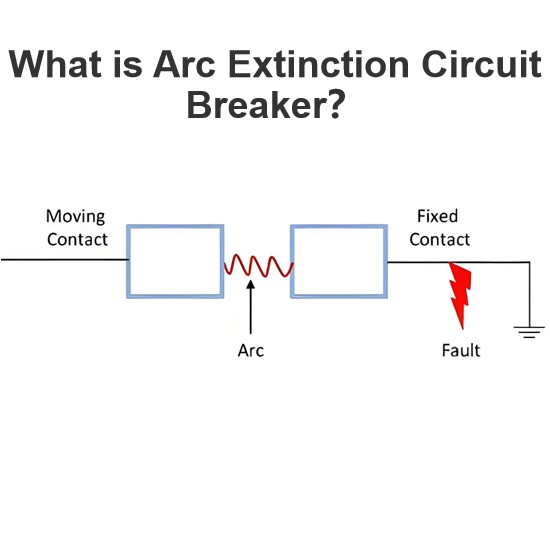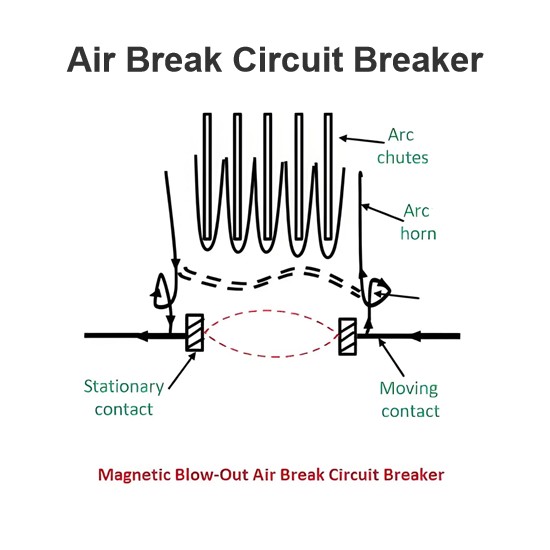Types of Transducer
Transducers: Definition, Functions, and Classification
A transducer is an electronic device that plays a crucial role in converting physical quantities into electrical signals. It serves two fundamental functions: sensing and transduction. First, it detects the physical quantity of interest, such as temperature, pressure, or displacement. Then, it transforms this physical quantity into either mechanical work or, more commonly, an electrical signal that can be easily measured, processed, and analyzed.
Transducers come in a wide variety of types and can be categorized according to several distinct criteria:
Based on the Transduction Mechanism Employed: This classification focuses on the specific physical or chemical processes by which the transducer converts the input physical quantity into an electrical output. Different transduction mechanisms are tailored to different types of measurements and applications, enabling precise and reliable sensing across a broad spectrum of physical phenomena.
As Primary and Secondary Transducers: A primary transducer directly converts the measured physical quantity into an electrical signal. In contrast, a secondary transducer works in conjunction with a primary transducer, further modifying or processing the electrical signal generated by the primary device to enhance its usability or accuracy.
As Passive and Active Transducers: Passive transducers rely on an external power source to operate and produce an output signal that is a function of the input physical quantity and the applied power. Active transducers, on the other hand, contain their own power source and can generate an output signal without the need for an external power supply, often providing greater sensitivity and signal strength.
As Analogue and Digital Transducers: Analogue transducers produce an output signal that varies continuously with the input physical quantity, typically in the form of a voltage or current. Digital transducers, in contrast, convert the input quantity into a discrete digital signal, which is easier to process, store, and transmit using modern digital electronics and computing systems.
As Transducers and Inverse Transducers: A standard transducer converts a physical quantity into an electrical signal. An inverse transducer, conversely, takes an electrical signal as input and converts it back into a physical quantity, effectively reversing the process of a traditional transducer. This concept is useful in applications where electrical control is required to generate a specific physical response.
In operation, a transducer receives the measurand—the physical quantity being measured—and produces an output signal that is proportional to the magnitude of the input. This output signal is then transmitted to a signal conditioning device. Here, the signal undergoes a series of processes, including attenuation (adjusting the signal's amplitude), filtering (removing unwanted noise or frequencies), and modulation (encoding the signal for better transmission or processing). These steps ensure that the final signal is in an optimal form for subsequent analysis, display, or control operations.
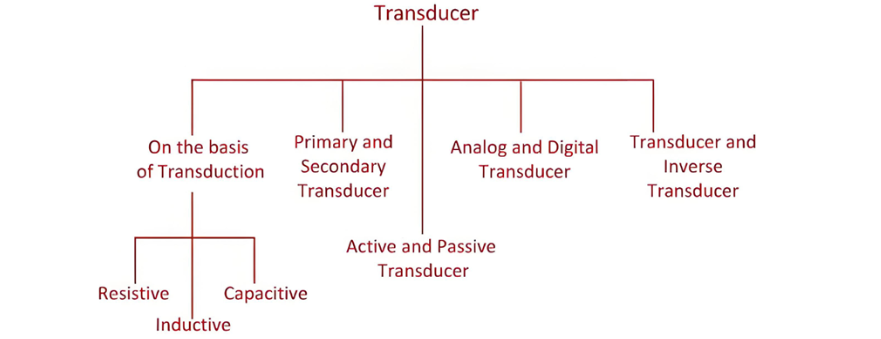
The input quantity of a transducer is typically a non - electrical quantity, while the output electrical signal can be in the form of current, voltage, or frequency.
1. Classification based on the Principle of Transduction
Transducers can be classified according to the transduction medium they utilize. The transduction medium can be resistive, inductive, or capacitive. This classification is determined by the conversion process through which the input transducer transforms the input signal into resistance, inductance, or capacitance respectively. Each type of transduction medium has its own unique characteristics and is suitable for different measurement applications, enabling the accurate conversion of various physical quantities into electrical signals.
2. Primary and Secondary Transducers
Primary Transducer
A transducer often comprises both mechanical and electrical components. The mechanical part of the transducer is responsible for converting physical input quantities into a mechanical signal. This mechanical component is referred to as the primary transducer. It acts as the initial sensing element, directly interacting with the physical quantity being measured, such as pressure, temperature, or displacement, and converting it into a mechanical form that can be further processed.Secondary Transducer
The secondary transducer takes the mechanical signal generated by the primary transducer and converts it into an electrical signal. The magnitude of the output electrical signal is directly related to the characteristics of the input mechanical signal. In this way, the secondary transducer bridges the gap between the mechanical and electrical domains, making it possible to measure and analyze the original physical quantity using electrical measurement and processing techniques.
Example of Primary and Secondary Transducers
Take the Bourdon's Tube, as illustrated in the figure below, as an example. The Bourdon's Tube functions as a primary transducer. It is designed to detect pressure and convert it into a displacement at its free end. When pressure is applied to the tube, its shape deforms, causing the free end to move. This displacement then acts as the input to the next stage of the system.
The movement of the free end of the Bourdon's Tube causes the core of a Linear Variable Displacement Transformer (LVDT) to shift. As the core moves within the LVDT, it induces an output voltage. This induced voltage is directly proportional to the displacement of the tube's free end, and consequently, to the original pressure applied to the Bourdon's Tube.
In the case of the Bourdon's Tube - LVDT system, two distinct transduction processes occur. First, the primary transduction takes place when the Bourdon's Tube converts pressure into displacement. Then, the secondary transduction occurs as the LVDT converts this displacement into an electrical voltage signal. This example clearly demonstrates how primary and secondary transducers work in tandem to accurately measure and convert a physical quantity into an electrical output for further analysis and use.
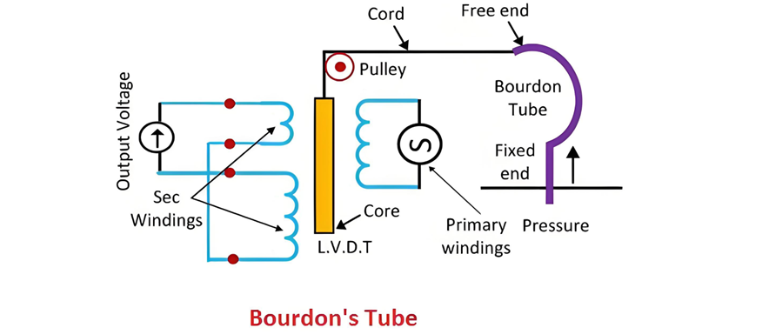
The Bourdon's Tube serves as the primary transducer, while the L.V.D.T. (Linear Variable Displacement Transformer) functions as the secondary transducer.
3. Passive and Active Transducers
Transducers can also be categorized into active and passive types, each with distinct operational characteristics.
Passive Transducers
A passive transducer is one that relies on an external power supply to operate, which is why it is also referred to as an externally - powered transducer. Capacitive, resistive, and inductive transducers are typical examples of passive transducers. These transducers work by modifying an electrical property (such as resistance, capacitance, or inductance) in response to the input physical quantity. However, they do not generate their own electrical energy; instead, they require an external source of power to produce a measurable output signal that reflects the change in the physical quantity being measured.
Active Transducers
In contrast, an active transducer does not necessitate an external power source for operation. These transducers are self - generating, meaning they can produce their own voltage or current output. The output signal of an active transducer is directly derived from the input physical quantity. Active transducers are capable of converting various physical phenomena, such as velocity, temperature, force, and light intensity, into electrical signals without relying on an external power input. Examples of active transducers include piezoelectric crystals, photovoltaic cells, tachogenerators, and thermocouples.
Example: Piezoelectric Crystal
To illustrate the operation of an active transducer, consider a piezoelectric crystal. A piezoelectric crystal is typically sandwiched between two metallic electrodes, and the entire assembly is securely fastened to a base. A mass is then placed on top of this sandwiched structure.
Piezoelectric crystals possess a unique property: when a force is applied to them, they generate an electric voltage. In the described setup, the base can experience acceleration, which causes the mass to exert a force on the crystal. This force, in turn, induces an output voltage across the crystal. The magnitude of this output voltage is directly proportional to the acceleration experienced by the base, effectively converting mechanical acceleration into an electrical signal. This example clearly demonstrates how active transducers can self - generate electrical outputs based on physical inputs, highlighting their distinct functionality compared to passive transducers.
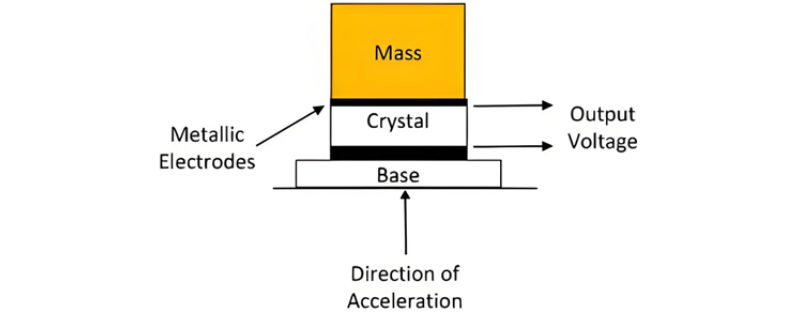
The transducer mentioned above is known as an accelerometer, which is designed to convert acceleration into an electric voltage. Notably, this type of transducer operates without the need for any auxiliary power source during the conversion of the physical quantity into an electrical signal, showcasing its self - sufficient nature in signal generation.
4. Analog and Digital Transducers
Transducers can also be categorized based on the nature of their output signals, which can be either continuous or discrete.
Analog Transducers
An analog transducer transforms the input quantity into a continuous function. This means that the output signal varies smoothly and continuously in response to changes in the input. Examples of analog transducers include strain gauges, Linear Variable Displacement Transformers (LVDTs), thermocouples, and thermistors. These devices are widely used in various applications where a proportional and continuous representation of the measured physical quantity is required, such as in precision measurement systems and industrial process control.
Digital Transducers
Digital transducers, on the other hand, convert the input quantity into a digital signal, typically in the form of pulses. Digital signals operate based on binary states, representing information as either "high" or "low" power levels. This digital output format offers several advantages, including enhanced noise immunity, easier integration with digital electronics and computing systems, and more straightforward data processing and storage. Digital transducers are increasingly being adopted in modern measurement and control systems due to the prevalence of digital technologies.
5. Transducers and Inverse Transducers
Transducers
A transducer is defined as a device that converts non - electrical quantities into electrical quantities. This conversion process enables the measurement, monitoring, and control of various physical phenomena, such as temperature, pressure, displacement, and force, using electrical measurement and processing techniques. Transducers play a crucial role in a wide range of applications, from industrial automation to scientific research and consumer electronics.
Inverse Transducers
Inverse transducers perform the opposite function of traditional transducers. They convert electrical quantities back into physical quantities. These transducers typically have a high electrical input and a corresponding low non - electrical output. Inverse transducers are used in applications where electrical signals need to be translated into physical actions or responses, such as in certain types of actuators and control systems. The concept of inverse transducers provides a means to close the loop between electrical control and physical operation, facilitating more complex and precise control of mechanical and physical systems.
The Electricity Encyclopedia is dedicated to accelerating the dissemination and application of electricity knowledge and adding impetus to the development and innovation of the electricity industry.
